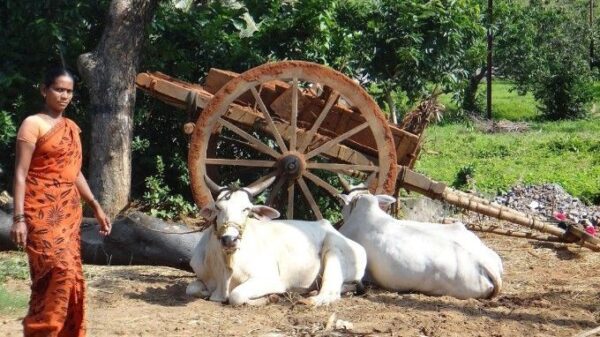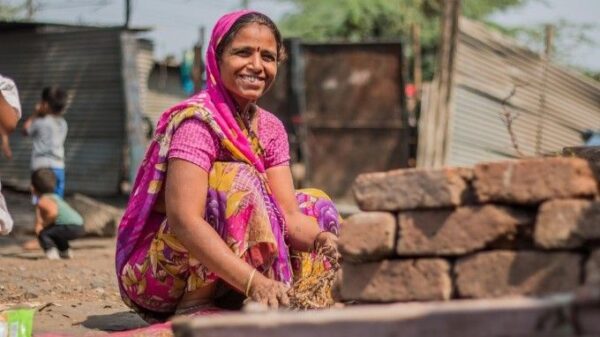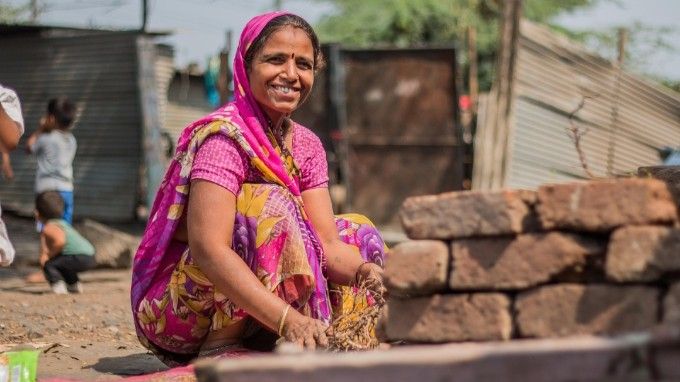Introduction
In India, traditional craft and art work is a symbol of our nation’s pride. They depict the local history, how people used to live earlier and our knowledge systems. As we have been modernizing, there is a risk that these crafts will fade away if we do not value them. Many of these art works were done by women.
Women play a major role in maintaining these art works but they were often overlooked, underpaid and not given enough importance.
Economic Contribution by Women
Production of art work serves as a primary or secondary source of income in many families. There are many rural villages where employment opportunities are limited so these crafts were a method for women to earn. In addition to that, they were able to work from home which helped them to cook, clean, take care of their children as they created art. The income that they earned through their creativity was a way to support their children’s education or to use in emergencies or for healthcare expenses or to pay off the debt in their families.

Nowadays, many female workers have created self help groups or SHG so that they can receive help in getting raw materials, direct access to consumer markets and more bargaining power. These SHGs will allow them to procure their needed materials more easily, share infrastructure with the other members like looms or dye pits. It will also help them to negotiate collectively which will give them a more powerful voice. As the saying goes, “United we stand, divided we fall.”
SEWA
There are organizations like SEWA (Self Employed Women’s Organization) which believes that women deserve respect, recognition and rights. It was started in 1972 by Ela Bhatt. By now, it has helped almost two million women earn their livelihood. This organization believes that work no matter how informal, should still be given dignity. It has provided women with legal assistance, insurance and educational programs which has even helped them improve their skills.
Preserving Local Heritage

Creation of craft does not only support these women with money, it helps them maintain the culture, tradition and heritage of their localities. For example, many art works have a lot of social or mythological or social significance. Toda embroidery in Tamil Nadu showcases symbols that have clan identities. Madhubani paintings of Bihar depict folklore and Gods. Naga textiles showcase motifs that are geometrical in nature and reflect social status or different life events. Channapatna toys from Karnataka can be used to depict families in a vertical manner. Pattachitra art can retell the stories of Lord Rama and Lord Krishna. Creating these art works preserves old traditions.
Modernization of Tradition
As our generation evolves, there have been alterations in market preferences and the needs of the customers. Women artisans have accepted that and bravely adapting with the help of new innovations. For example, Kutch embroidery was once only used for dowry items. Nowadays, it has adapted to home décor products and indo-fashion trends. Similarly, banana fiber was used to make utilitarian mats but now it is used to create packaging items, lampshades, bags etc. Moreover, many artisans have adopted more ecologically friendly techniques because of increasing environmental awareness and requirement for products that are sustainable to nature.
Conclusion
Women artisans were sadly overlooked as men were considered to be the bread winners of society. It is good that their talent is finally getting the recognition it deserves. They must be respected because it is due to their efforts that we have such decadent forms of art.
Author
Shreeja Mukherjee


